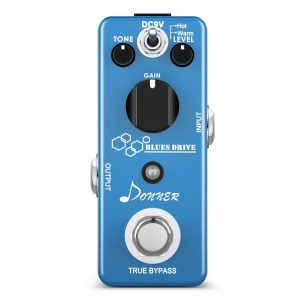
- 2-Way Tone Switch
- Three-Knob Tone Control – Level, Tone, Gain
- Wide Control Range
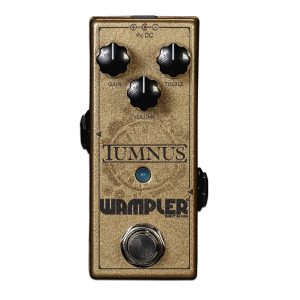
- Can Even Be Used As A Buffer
- 3 Control Knobs (Volume, Gain, And Tone)
- Buffered Bypass Tone
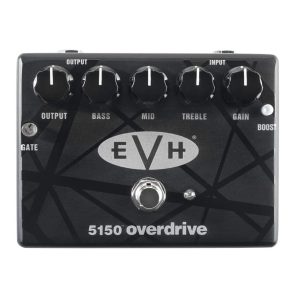
- 3-Band Passive Tone Stack EQ
- Multi-Stage Mosfets, Boost Switch, Gate
- Extremely Versatile
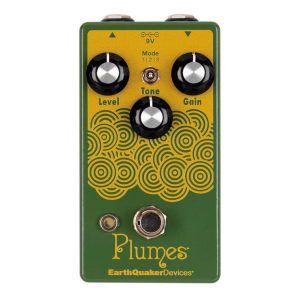
- 3 Different Clipping Voices
- Lower Noise And More Chime In the High End
- Controls – Level, Tone, Gain
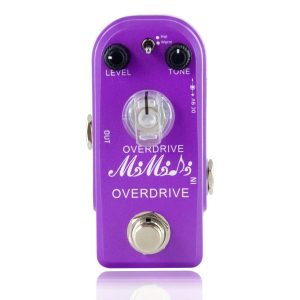
- Aluminum-Alloy Classic
- 4 Function Knobs – Drive, High, Low And Level
- Wide Range Of Uses
Choose the Best Overdrive Pedal for Metal
Customer’s Choice: the Best Rated Overdrive Pedals for Metal
9 users answered this survey. Please help us improve this review!
There’s nothing quite like the sound of a metal guitar solo blasting through a stack of Marshall amps. To get that signature distortion, you need an Overdrive Pedal. These pedals can be found in any music store, and they come in all shapes and sizes. They are used to give your sound a boost, and they can make a huge difference when used correctly.
This epic guide will teach you everything you need to know about Overdrive Pedals for Metal. This article will start by answering some common questions and then dive into product reviews and useful tips. By the end of this guide, you’ll be able to pick out the perfect overdrive pedal for your metal rig!
Table of Contents
Donner Mini Auto Dynamic Wah Pedal for Guitar
 This is a versatile and powerful Wah Pedal for Metal. The Donner Mini Auto Dynamic Wah Pedal features an analog circuit design, making it perfect for both live and studio use. It’s also made from durable aluminum alloy, ensuring years of reliable performance.
This is a versatile and powerful Wah Pedal for Metal. The Donner Mini Auto Dynamic Wah Pedal features an analog circuit design, making it perfect for both live and studio use. It’s also made from durable aluminum alloy, ensuring years of reliable performance.
And thanks to its 9-volt adapter power supply, you’ll never have to worry about running out of juice during a gig. But that’s not all – the Donner Mini Auto Dynamic Wah Pedal also comes equipped with four function knobs that allow you to fine-tune your tone exactly how you want it.
You can even use it to create unique envelope filter sounds. Plus, its LED indicator makes it easy to see when the pedal is on or off. So, if you’re looking for an affordable and powerful wah pedal, the Donner Mini Auto Dynamic Wah Pedal is worth checking out.
Wampler Tumnus V2 Overdrive and Boost Guitar Pedal
 The Wampler Tumnus V2 Overdrive and Boost Guitar Pedal is a versatile addition to any guitar player’s setup. It contains a buffered bypass tone, which means your original signal will remain unchanged when the pedal is not in use.
The Wampler Tumnus V2 Overdrive and Boost Guitar Pedal is a versatile addition to any guitar player’s setup. It contains a buffered bypass tone, which means your original signal will remain unchanged when the pedal is not in use.
This pedal can be used with other pedals to shape the total gain, or it can be used as a stand-alone overdrive. With just three control knobs – volume, gain, and tone – it is easy to find the perfect sound for your style.
And because it pushes the front end of your amp, you’ll get that coveted grit and dirt that takes your sound over the top. Plus, its small size makes it easy to fit on any board setup. Finally, the pedal is powered by a standard nine-volt battery or adapter.
JIM DUNLOP MXR EVH5150 Overdrive Pedal
 The MXR EVH5150 Overdrive Pedal was designed in collaboration with Eddie Van Halen to give you the ultimate overdriven tube-like tones.
The MXR EVH5150 Overdrive Pedal was designed in collaboration with Eddie Van Halen to give you the ultimate overdriven tube-like tones.
You can crank the volume and distortion levels, set the EQ to taste, and switch on the boost for extra gain. The pedal is compatible with any amp or speaker cabinet and provides classic tones as well as super-articulate sound for high gain applications.
It has a 3-band passive tone stack EQ section that tames unwanted noise and is powered by the smart gate circuit. The housing is emblazoned with custom EVH artwork.
EarthQuaker Plumes Small Signal Shredder Overdrive Guitar Effects Pedal
 The EarthQuaker Plumes Small Signal Shredder Overdrive Guitar Effects Pedal is an all-analog approach to overdrive, with three different clipping voices to choose from, plus a classic tube-like overdrive circuit for that warm, natural sound.
The EarthQuaker Plumes Small Signal Shredder Overdrive Guitar Effects Pedal is an all-analog approach to overdrive, with three different clipping voices to choose from, plus a classic tube-like overdrive circuit for that warm, natural sound.
And finally, the symmetrical LED clipping provides smooth sounds with lots of volume, while the asymmetrical silicon diode clipping delivers more grit for those who crave some real drive.
MIMIDI Mini Guitar Effect Pedal for Electric Guitar
 Do you want to take your guitar-playing skills up a notch? The MIMIDI Mini Guitar Effect Pedal is perfect for electric guitar players who want to experiment with different sounds and effects.
Do you want to take your guitar-playing skills up a notch? The MIMIDI Mini Guitar Effect Pedal is perfect for electric guitar players who want to experiment with different sounds and effects.
This pedal has an aluminum-alloy body for durability and features an overdrive knob for adding grit and distortion to your sound. There’s also a level knob to adjust the volume, so you can get just the right amount of effect. With true bypass, this pedal won’t affect the tone of your instrument when it’s not engaged, ensuring that your sound stays pure.
There are LED indicators letting you know when the pedal is on or off. The MIMIDI Mini Guitar Effect Pedal is a great way to add new sounds and effects to your playing, and it’s a great value for the price.
Buyer’s Guide
What Are Overdrive Pedals?
An overdrive pedal is a type of guitar effect that amplifies the signal from your guitar, then distorts it. This gives your sound an extra boost, making it louder and fuller. Overdrive pedals are often used to give guitars more sustain and volume when playing metal music.
These devices are also used to create the distortion sounds found in metal music. They are a must-have for any metalhead looking to create a powerful guitar tone.
There are many different types of overdrive pedals on the market. Some are designed to emulate the sound of classic amps, while others are meant for more modern tones.
What Does An Overdrive Pedal Sound Like?
An Overdrive Pedal is designed to push your guitar signal into distortion. It will add gain, sustain and color to your tone. There are many different types of Overdrive Pedals on the market, each with its unique sound.
There are also many variations in how Overdrive Pedals can be used. For example, some players like to use them as a boost for solos while others will use them to create a heavier rhythm tone.
There are many factors you need to consider when purchasing an Overdrive Pedal. You’ll want to think about things such as the type of music you play and your playing style. It’s also important to find a pedal that is durable and will last longer under heavy use.
How to use an Overdrive Pedal for metal?
There is no one-size-fits-all answer to this question, as the best way to use an Overdrive Pedal for metal will vary depending on your individual playing style and preferences. However, there are a few tips that can help you get the most out of your overdrive pedal when playing metal:
First and foremost, it is important to remember that Overdrive Pedals should be used sparingly. Overdriving your amplifier can cause distortion, which can muddy up your tone and make it difficult to distinguish individual notes and chords. When using an Overdrive Pedal in conjunction with an amp, try to keep the level of the pedal turned down as much as possible so that you only add a touch of boost or grit to your sound, rather than overdriving your amp.
Secondly, it is important to experiment with the settings on your Overdrive Pedal to find the right combination of tone and distortion for your style of metal. Many Overdrive Pedals have a variety of different controls that allow you to adjust the amount of gain, bass, treble, and other parameters. Take some time to experiment with these controls until you find a setting that gives you the sound you are looking for.
Finally, remember that Overdrive Pedals can be used in conjunction with other effects pedals to create even more powerful sounds. For example, you might want to use a delay pedal along with an overdrive pedal to create epic-sounding guitar solos. Experimenting with different combinations of effects pedals can help you create a unique metal sound that is all your own [1].
How Is Overdrive Different From Distortion and Fuzz?
Distortion and fuzz pedals are cousins of the Overdrive Pedal, but they have their own unique sound. Distortion is a more aggressive type of sound that can be used for heavier styles of music like metal and punk. Fuzz is an even more extreme version of distortion that has a compressed, broken-up quality to it. Overdrive sits somewhere in the middle between distortion and fuzz, providing a thicker tone with less breakup than fuzz but more grit and edge than distortion.
While you can usually crank up the gain on a distortion or fuzz pedal for heavier tones, doing so with overdrive will result in a muddy, distorted sound. Overdrive is meant to be played at lower volumes, with the amp turned up to get that sweet, creamy distortion.
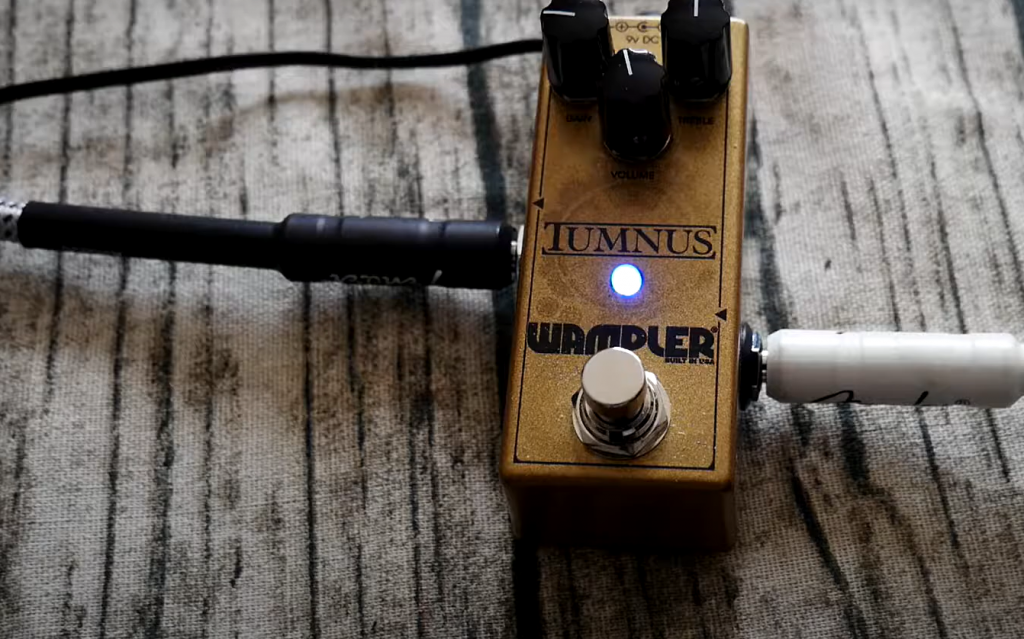
That’s not to say you can’t use overdrive for heavier styles of music; it all depends on what type of tone you’re going for. If you want a thick and heavy metal tone, try using an overdrive pedal in combination with a distortion pedal. The distortion will add more edge and aggression while the overdrive will provide the thickness and sustain needed for this style of music [2].
The Early History of Overdrive Pedals
The overdrive pedal was first created in the early 1960s, designed to emulate the sound of a tube amplifier being driven hard. The original overdrive pedals were essentially just a crude boost circuit added to the front of a distortion pedal. This allowed guitarists to drive their amplifiers harder and get more distortion out of them.
In the 1970s, overdrive pedals began to be marketed as standalone effects units. These early Overdrive Pedals tended to be fairly simple, with only a few controls available. They were often based on circuits that emulated the sound of an amplifier being driven into distortion. As overdrive pedals became more popular, they began to be used by a wider range of musicians, including blues and country players.
The 1980s saw the advent of metal music, and with it, a new type of Overdrive Pedals began to emerge. These pedals were designed to create thicker, more aggressive distortion tones that would be perfect for metal music. The early metal overdrives tended to be based on circuits that emulated the sound of a high-gain tube amplifier.
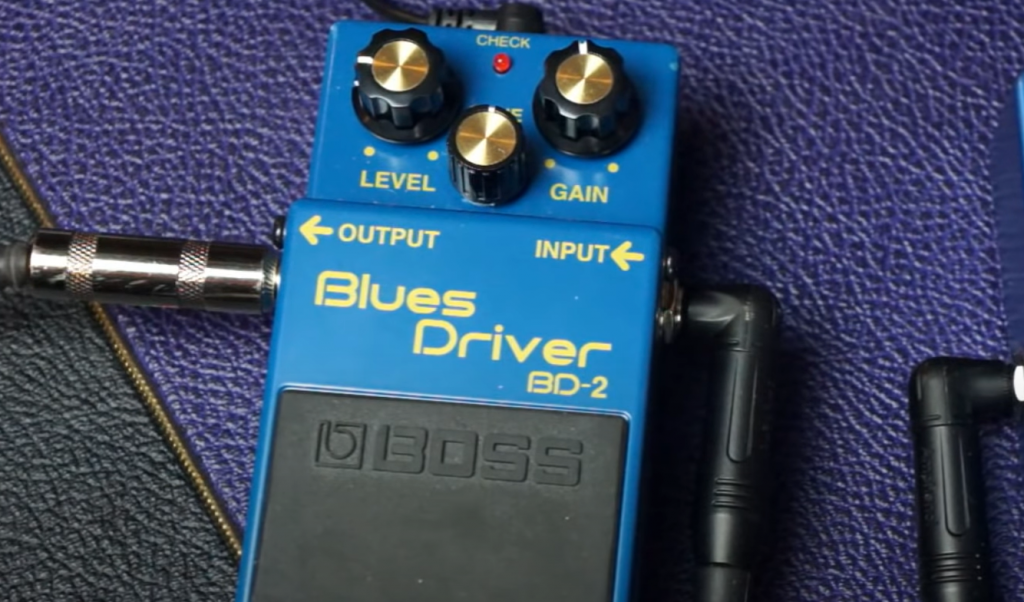
Today, there are countless different types of Overdrive Pedals available on the market. Among them are the models that are specifically designed for metal music. These pedals can offer a wide range of distortion tones that are perfect for shredding solos and crushing rhythms [3].
Features to consider while buying the best Overdrive Pedals for Metal
When looking for the best Overdrive Pedals for Metal, there are a few key features you should consider. The most important factor is how transparent the pedal is. This means that the pedal should not add any additional color to your tone and should only amplify the sound of your guitar. Additionally, you’ll want to look for pedals with a wide range of gain so that you can get the perfect amount of distortion for your style. Other factors to consider include:
- The type of overdrive – Some pedals provide more of a classic overdrive sound while others offer a more modern metal distortion. Choose the one that will give you the sound you’re looking for.
- The type of amplifier – If you’re using a tube amp, you’ll want to find an overdrive pedal that is voiced for tube amps. If you’re using a solid-state amplifier, look for pedals that are designed for those types of amps.
- The amount of control – Some pedals offer more tonal control than others. Look for one that gives you the ability to adjust the tone to your liking.
- The size and weight – Some pedals are larger and heavier than others. This may not be a big deal to some people but if you’re looking for a pedal that is easy to take on the go, you’ll want to choose one that is small and lightweight.
Box material
The type of material used in the construction of an Overdrive Pedal’s box can also have an impact on its tone. Pedals made from plastic are usually less transparent than those made from metal. If transparency is important to you, choose a pedal made from metal. Additionally, pedals with metallic paint jobs tend to sound brighter and more aggressive than those with non-metallic paint jobs.
The classic models are usually made from metal, which makes them more transparent. Additionally, pedals with metallic paint jobs tend to sound brighter and more aggressive than those with non-metallic paint jobs [4].
Bass and gain
The amount of bass and gain an Overdrive Pedal provides can also affect its tone. Some pedals provide more bass than others, which can make them sound muddy or bloated. If you’re looking for a pedal that has a tight bass response, choose one with less bass. The same goes for the gain – some pedals have more gain than others and those tend to be heavier and noisier. If you want a pedal with clean tones, choose one with less gain.
Noise
The amount of noise an Overdrive Pedal produces can also be a factor in your decision. Some pedals are louder than others and produce more hiss and buzz. If you’re looking for a quiet pedal, choose one with less noise.
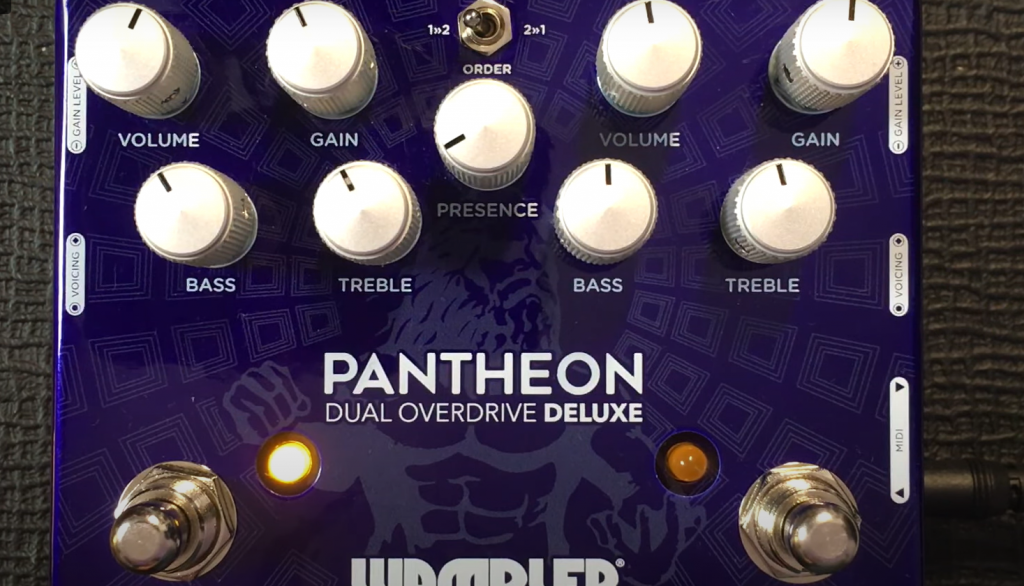
Noise can be a big issue when it comes to overdrive pedals. Some pedals are much noisier than others, which can be annoying when trying to play cleanly. If this is important to you, choose a pedal with less noise.
Digital or analog?
Another thing you’ll want to consider is whether you want a digital or analog Overdrive Pedal. Analog pedals provide a warmer, more natural sound while digital pedals offer more options and flexibility. If you’re looking for a classic overdrive tone, choose an analog pedal. If you want more tonal control, choose a digital pedal.
Analog Overdrive Pedals should be chosen by those looking for a classic overdrive tone. They offer warmer, more natural sounds than their digital counterparts. Digital pedals should be chosen by those looking for more tonal control, as they offer more options and flexibility.
Bypass
The bypass type is also an important consideration when choosing an Overdrive Pedal. Some pedals have a true-bypass switch, which means that the pedal is completely bypassed when it’s off. This results in a pure signal with no degradation of tone. Other pedals have a buffered bypass, which means that there is some circuitry present even when the pedal is turned off. This can result in a warmer tone and less noise.
When considering an Overdrive Pedal, you’ll want to think about the bypass type. True-bypass switches provide a pure signal with no degradation of tone while buffered bypasses offer a warmer tone and less noise.
Power
The final thing to consider when choosing an Overdrive Pedal is how it will be powered. Some pedals can run on batteries while others require a power supply. If you don’t have a power supply and your pedal doesn’t run on batteries, you’ll need to buy one. The wattage and voltage of the power supply also need to match the pedal. Most pedals require a nine-volt DC power supply with a minimum of 100 mA of current.
Design
The design of the Overdrive Pedals should be user-friendly. Some pedals have more knobs and switches than others, which can be confusing. If you’re not sure how to use a pedal, choose one with fewer knobs and switches. Additionally, the size of the pedal should also be considered. Some pedals are larger than others and may not fit on your pedalboard.

Some of the Overdrive Pedals can look more hard rock, while others have a more bluesy appearance. Still, others would match pop music better. The Overdrive Pedals can have vintage design or modern design. Vintage designs are usually made from metal, which makes them more transparent. Additionally, pedals with metallic paint jobs tend to sound brighter and more aggressive than those with non-metallic paint jobs.
Benefits of the Overdrive Pedals for Metal
You should know the main benefits of Overdrive Pedals for Metal before you buy one. The pedals can help to create a heavier sound, and they can also be used to add grit or distortion to your tone. In addition, they can help to increase the sustain of your notes, and they can even give you a boost in volume if needed.
Choose the right pedal for your style of music, and make sure that you take the time to experiment with different settings so that you can find the perfect sound for your needs. With the right overdrive pedal, you’ll be able to take your metal playing to new heights!
FAQ
What pedal is best for metal?
The best overdrive pedal for metal is the one that allows you to create the sound you are looking for. There is no one-size-fits-all answer to this question, as every guitarist has different preferences and needs. However, some pedals are better suited for metal than others, so it’s a good idea to do your research before making a purchase.
What should I look for in an overdrive pedal?
When shopping for an overdrive pedal, there are a few things you should keep in mind. The most important thing is finding one that can create the type of distortion you want. You’ll also want to consider the size and shape of the pedal since you’ll be using it on stage or in a studio setting. And finally, make sure to check the price and reviews before making a purchase.
What are the benefits of using an overdrive pedal for metal?
Overdrive Pedals can add extra sustain and thickness to your guitar tone, which can be ideal for heavier styles of metal music. They can also help you achieve a more aggressive sound without having to crank up your amplifier’s volume too high. This can be helpful when playing live gigs or in situations where you need to keep the volume down.
Is the Tube Screamer good for metal?
The Tube Screamer is a popular overdrive pedal that has been used by metal guitarists for many years. It can be a great option for those looking for a classic metal sound, but it’s important to note that it isn’t the only option available. There are many different pedals on the market today that can create all sorts of distortion tones, so do your research before making a purchase.
What Overdrive Pedals do you need for black metal?
Black metal is a genre that can be difficult to replicate without the right gear. In general, you’ll want to use pedals that can create a lot of distortion and noise. Some popular choices for black metal include the Boss DS-½, the Electro-Harmonix Metal Muff, and the Pro Co Rat. Be sure to do your research before making a purchase, as each pedal has its own unique set of features.
How do you use a metal Overdrive Pedal?
Most Overdrive Pedals can be used in two ways: as a standalone pedal or as part of an effects chain. When using it as a standalone pedal, you’ll usually want to put it at the beginning of your signal chain. This will allow the pedal to distort all of the other sounds coming from your guitar and amplifier. When using it as part of an effects chain, you’ll want to place it after other distortion pedals but before modulation and delay pedals. This will help keep the clarity of your tone while still adding extra distortion and sustain.
Useful Video: THE ULTIMATE OVERDRIVE TEST…for Metal
Conclusion Paragraph
The Overdrive Pedals for Metal epic guide provides a comprehensive look at the best overdrive pedals on the market, as well as useful tips for getting the most out of them. This type of pedal is essential for metal guitarists, and with the right knowledge, can be a powerful tool in your arsenal. With the help of this guide, you’ll be sure to find the perfect overdrive pedal for your needs and be able to get the most out of it.
References:
- https://lifestyle.jimdunlop.com/how-to-use-overdrive-pedals-mxr-double-double-overdrive/
- https://www.masterclass.com/articles/guitar-101-what-is-the-difference-between-overdrive-distortion-and-fuzz
- https://www.ultimate-guitar.com/articles/features/distortion_and_overdrive_brief_history_of_development-68947
- https://primesound.org/best-distortion-pedal-for-metal/

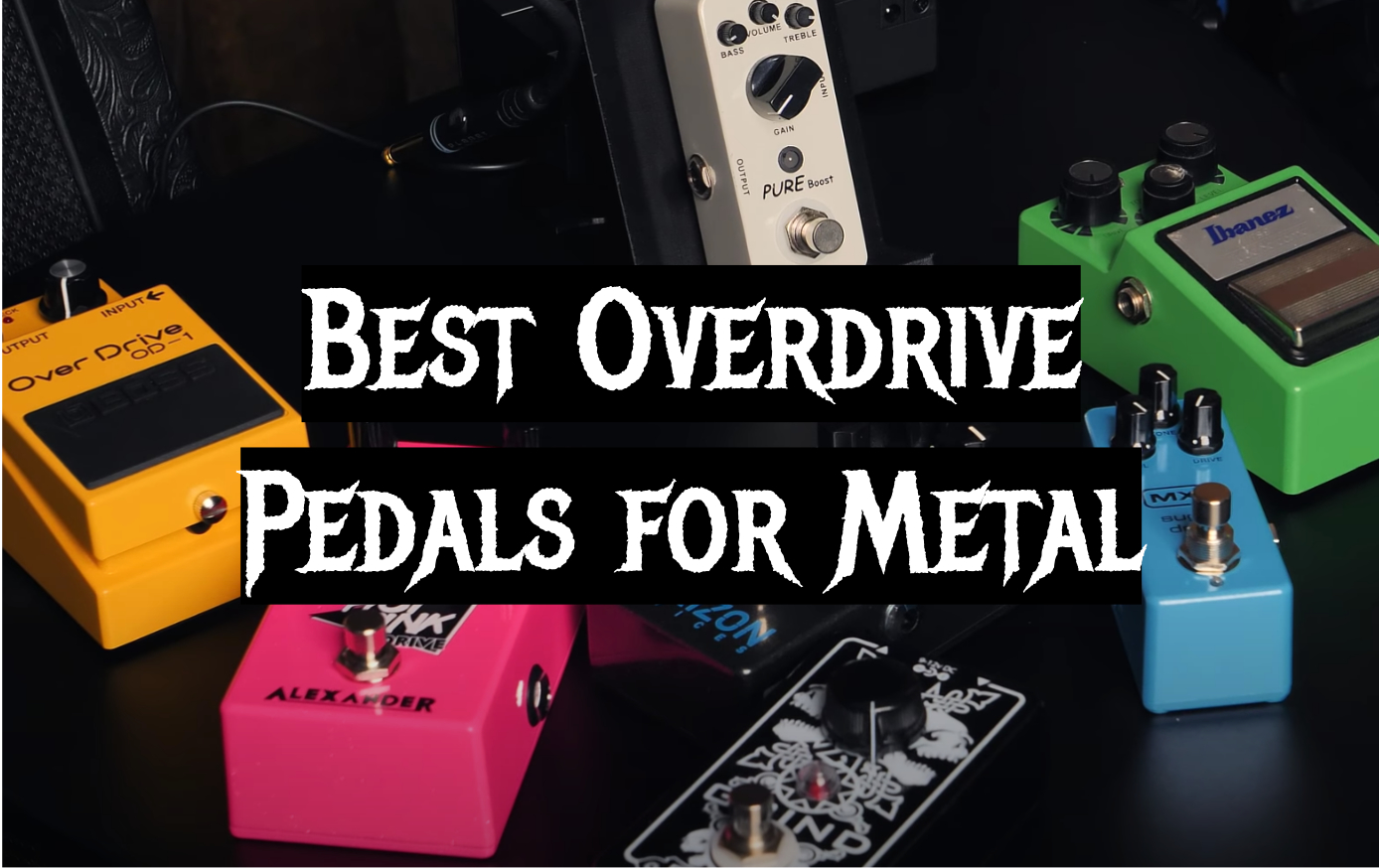
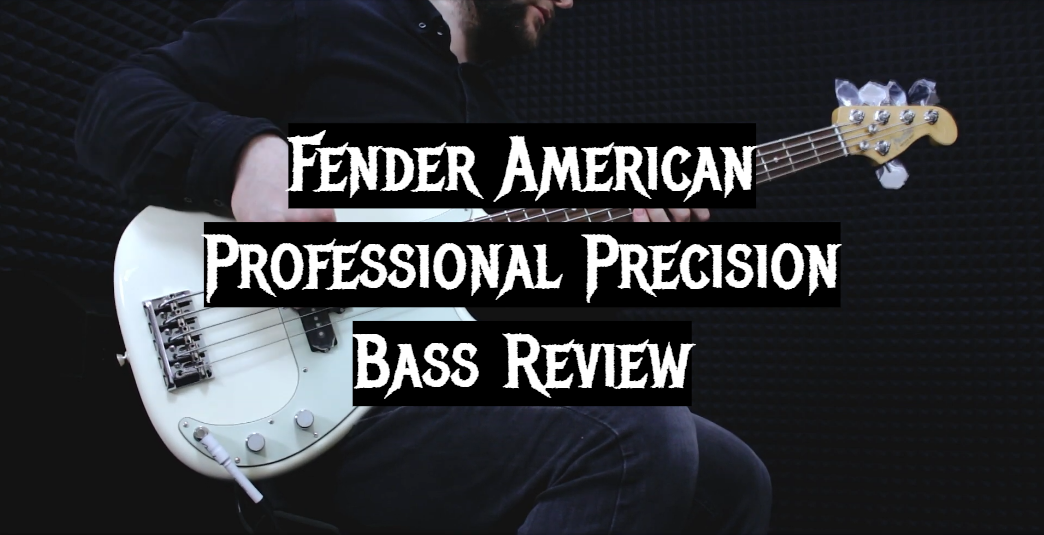

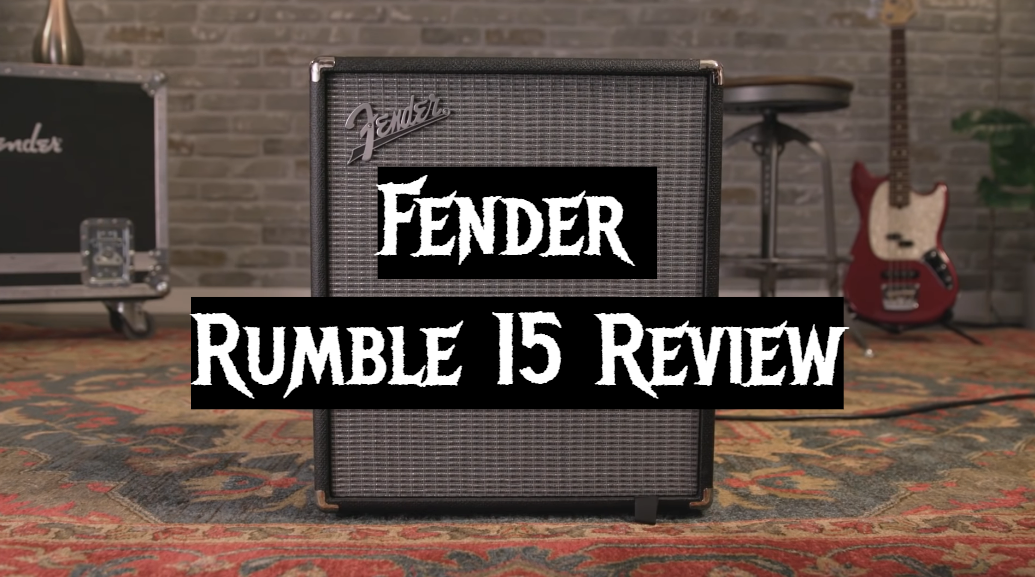
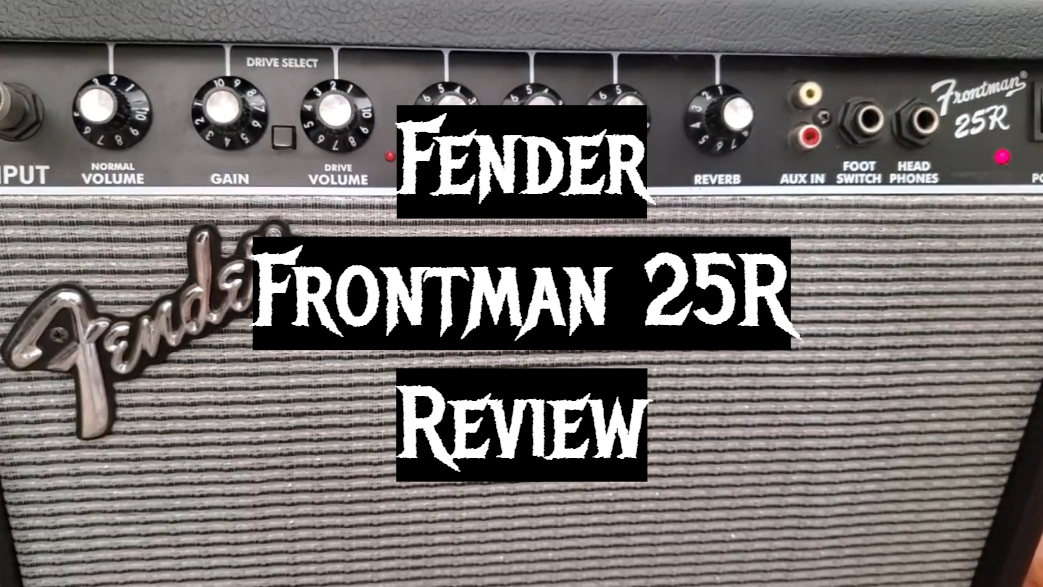
Leave a Reply